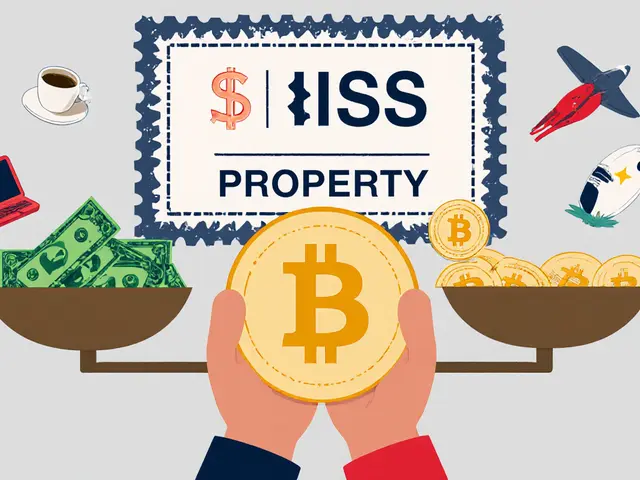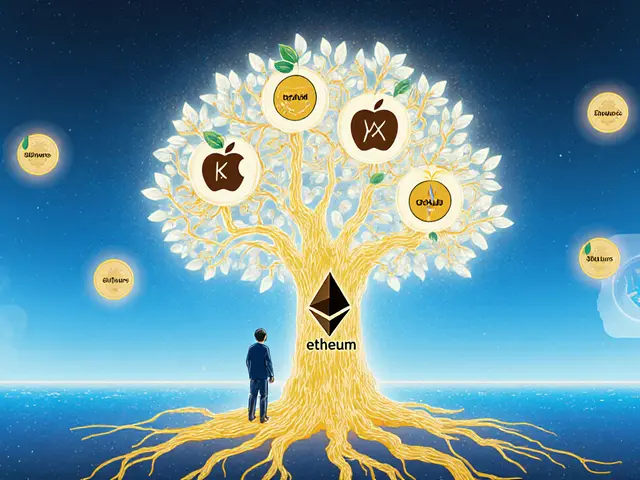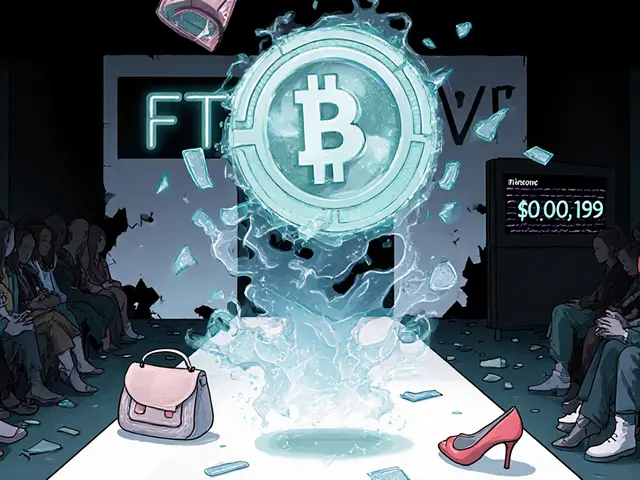DeFi Composability: How Blockchain Building Blocks Create Financial Power
When you hear DeFi composability, the ability for decentralized finance protocols to connect and interact like digital LEGO bricks. Also known as blockchain interoperability, it means one DeFi app can use another’s code without asking permission—no banks, no paperwork, just code talking to code. This isn’t theory. It’s what lets you borrow crypto on one platform, stake it on another, and swap it for yield—all in one transaction, on the same blockchain.
That’s possible because of smart contracts, self-executing code that runs exactly as written, without human control. These contracts are open, so any new DeFi app can plug into them. That’s why DeFi protocols, like Uniswap, Aave, and Curve, can stack on top of each other to create complex financial tools. Want to earn interest on your stablecoin while using it as collateral for a loan? That’s composability. Need to trade tokens across chains without wrapping them? That’s composability too. It turns isolated apps into a living financial system.
But it’s not magic. Every connection adds risk. If one smart contract has a bug, it can crash everything built on top. That’s why the best DeFi users don’t just chase yields—they check who’s connected to whom. The posts below show you real examples: how Jupiter on Solana uses composability to aggregate swaps, how KALATA tried to build a DeFi platform around real assets, and why platforms like Paradex and ACSI Finance rely on this same principle to offer faster, cheaper trades. You’ll also see what happens when it goes wrong—like when a token has no real use, or a platform claims to be DeFi but hides its code. This isn’t just about tech. It’s about who controls your money. And with DeFi composability, you’re not just a user—you’re part of the system.
Future of DeFi Composability: How Modular Finance Is Reshaping Web3
DeFi composability lets financial protocols interact like Lego blocks, enabling rapid innovation and high yields-but also systemic risk. By 2025, it powers 83% of top DeFi protocols, with cross-chain integrations and AI-driven risk tools shaping its next phase.





